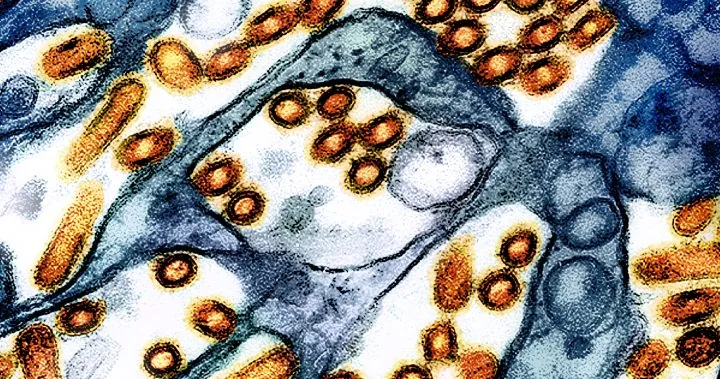
The Surprisingly Complex Dynamics of Thought Control: What a Pink Elephant Tells Us About Your Mind
2024-11-28
Author: Michael
It's a classic conundrum in psychology: tell someone not to think of a pink elephant, and guess what? That very image is likely to pop right into their mind. This dilemma, famously articulated in Curt Siodmak’s 1974 novel *City in the Sky*, highlights the fascinating challenge humans face when attempting to suppress specific thoughts.
Recent research dives deeper into this topic, revealing not just the struggle of suppressing thoughts, but also the intriguing phenomenon known as aphantasia—a condition that affects a significant portion of the population, restricting their ability to visualize images mentally. While it might seem counterintuitive to those who can vividly imagine scenes or characters, aphantasics—those who experience this phenomenon—can't picture these scenarios at all. They simply cannot conjure the image of a pink elephant, regardless of how hard they try.
The Aphantasia Phenomenon: A Double-Edged Sword
Often viewed as a deficit, aphantasia can elicit feelings of confusion and frustration. Many people, upon discovering they cannot visualize like others, may feel they're missing out on essential experiences, such as imagining a beloved character from literature or visualizing cherished memories. However, research suggests there may be unexpected advantages to this condition: heightened resistance to intrusive thoughts and potentially lesser feelings of anxiety associated with reliving painful memories.
The most recent study sheds light on an intriguing correlation between the ability to visualize and susceptibility to involuntary thoughts. Those with vibrant mental imagery tend to struggle with suppressing unwanted visualizations, while individuals with less intense visual imagination, including aphantasics, often experience less mental clutter.
Do Aphantasics Enjoy Peaceful Minds? Not Quite!
It would be easy to assume aphantasics are blessed with tranquil minds due to their inability to visualize intrusive images. However, this notion overlooks a critical aspect: instead of visualizing these unwanted thoughts, many aphantasics simply allow their minds to drift in different directions—like considering what to have for dinner instead. In this way, it becomes clear that while they may not see mental images, that doesn’t necessarily equate to a peaceful state of mind.
Interestingly, aphantasics can still experience daydreaming, albeit in a non-visual way. For instance, some may find themselves engaging in imagined conversations or sensations rather than picturing scenes. This diversification in thought processes provides a unique lens to understand how various human minds experience cognitive functions differently.
Resistance to Trauma: An Area of Ongoing Research
The question of whether those with aphantasia are less impacted by traumatic memories poses an intriguing avenue for future studies. Researchers currently speculate that while aphantasics may not be able to relive traumatic events visually, the consequences of traumatic experiences could still manifest through other forms of thought or sensation.
Conclusion: Understanding the Depths of Human Cognition
Ultimately, Siodmak’s assertion is more nuanced than a mere challenge to thought suppression. The reality is multifaceted and encapsulates a broad spectrum of human cognitive diversity. Some individuals can effortlessly turn their thoughts away from a pink elephant, while others with aphantasia may not visualize it in the first place.
As we continue to explore the complexities of thought, imagination, and memory, it becomes increasingly clear that every mind is unique. Understanding these differences not only enhances our appreciation for individual experiences but also opens doors to support and adaptability in mental health practices.
So, the next time someone tells you not to think of a pink elephant, remember: for some of us, that’s not even a possibility!









 Brasil (PT)
Brasil (PT)
 Canada (EN)
Canada (EN)
 Chile (ES)
Chile (ES)
 España (ES)
España (ES)
 France (FR)
France (FR)
 Hong Kong (EN)
Hong Kong (EN)
 Italia (IT)
Italia (IT)
 日本 (JA)
日本 (JA)
 Magyarország (HU)
Magyarország (HU)
 Norge (NO)
Norge (NO)
 Polska (PL)
Polska (PL)
 Schweiz (DE)
Schweiz (DE)
 Singapore (EN)
Singapore (EN)
 Sverige (SV)
Sverige (SV)
 Suomi (FI)
Suomi (FI)
 Türkiye (TR)
Türkiye (TR)